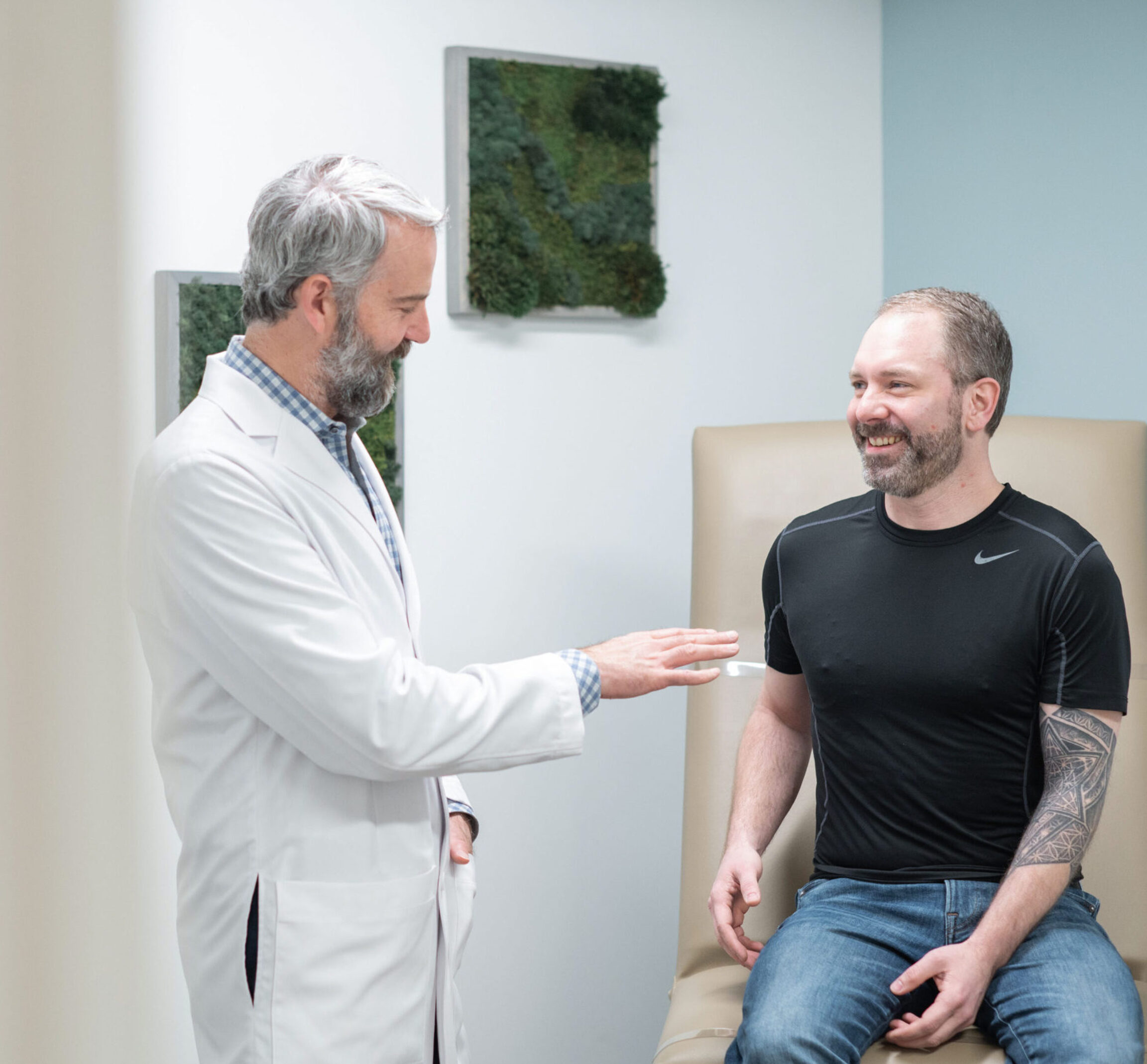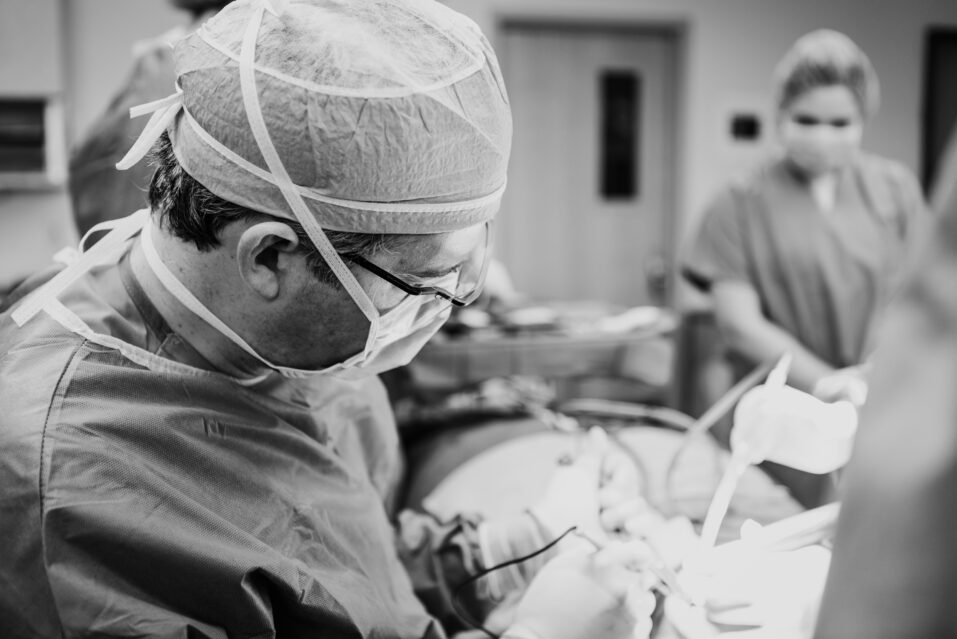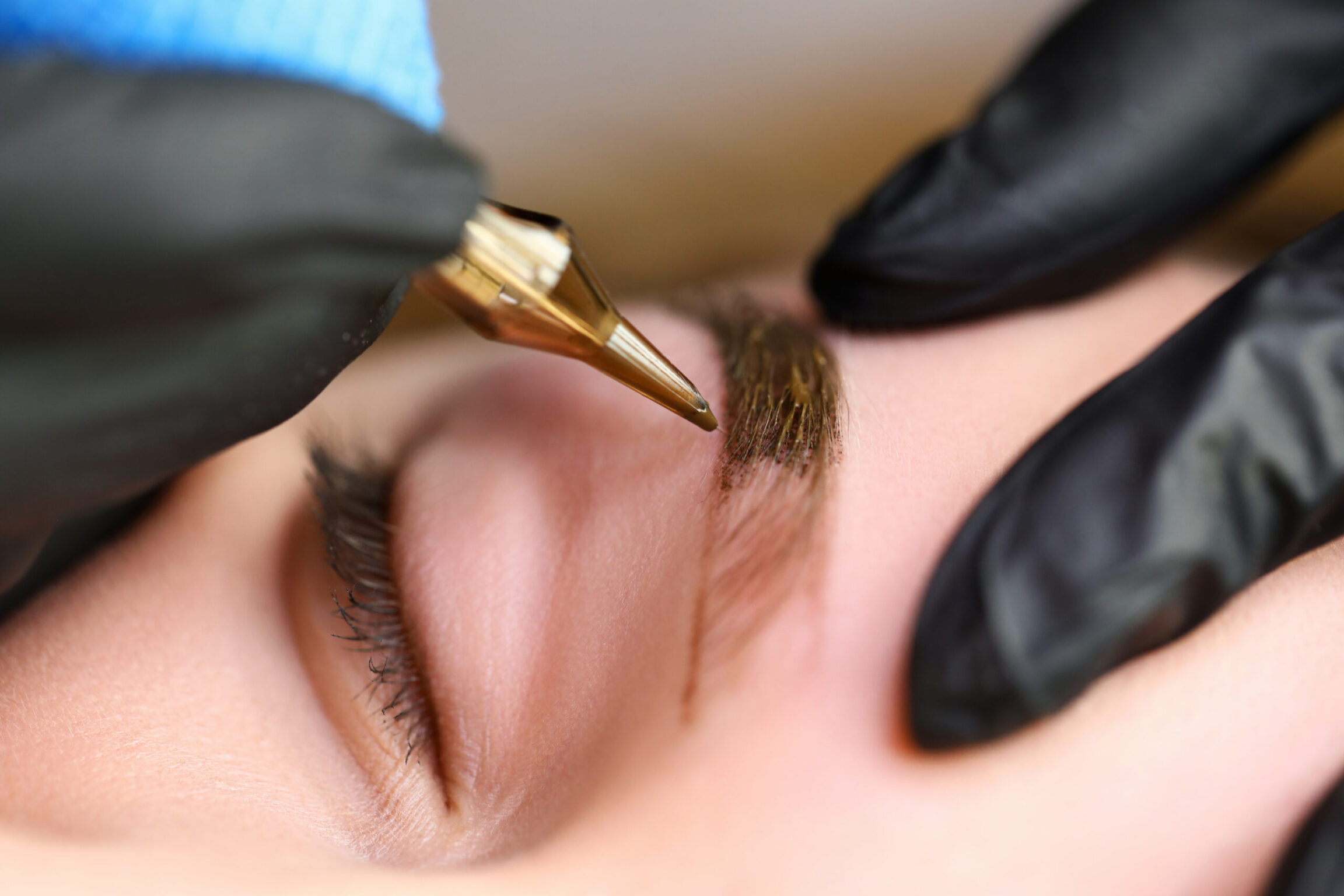Gynecomastia Surgery vs. Liposuction
How To Choose Which Male Breast Reduction Solution Is Right For You

Characterized by excess male breast tissue, gynecomastia can be a source of significant discomfort and self-consciousness for men. Both liposuction and gynecomastia surgery offer excellent results when it comes to minimizing the appearance of breasts and enhancing overall confidence with minimal risk.
Understanding the causes of gynecomastia and the specific roles of each procedure can provide reassurance as you make the best decision for yourself.
Liposuction Is A Necessary Part Of Gynecomastia Surgery
The procedure begins with minimally invasive liposuction to remove some of the breast tissue and some of the surrounding fatty deposits. Typically, there is still some firm tissue right behind the nipple. The surgeon will then make an incision and retrieve the rest of the tissue to allow the skin to lay flat on the muscle.
This combined approach can refine and elevate the chest appearance, addressing both fatty and glandular components.

When Should Gynecomastia Surgery Be Considered?
Gynecomastia surgery (or male breast reduction surgery) is necessary when there is a significant amount of glandular tissue present. This procedure involves the surgical excision of glandular tissue and possibly skin tightening for optimal results.
Indications For Gynecomastia Surgery Include:
- Predominance of dense glandular tissue.
- Cases where liposuction alone cannot achieve the desired contour.
- Situations where precise tissue removal is necessary for significant enhancement.
Additional Benefits of Gynecomastia Surgery
One significant advantage of gynecomastia surgery is that it can often be performed under local anesthesia. This minimizes risks and improves recovery time, making the procedure more accessible and convenient for many patients.

When Is Liposuction Preferred To Gynecomastia Surgery?
Liposuction is often preferred when gynecomastia is primarily due to excess fatty tissue in the breast rather than glandular tissue. Liposuction can refine the chest contours by removing localized fat deposits, resulting in a more defined appearance.
Situations Where Liposuction Alone Is Ideal Include:
- Presence of significant fatty tissue with minimal glandular tissue.
- The patient is seeking to reduce stubborn fat in multiple places.
Are Results Permanent?
The results of both liposuction and gynecomastia surgery are generally long-lasting. However, maintaining a stable weight and a healthy lifestyle is crucial to sustaining the refined chest contour.
Key Considerations For Maintaining Results:
- Following a balanced diet and regular exercise regimen.
- Avoiding substances that can cause hormonal imbalances.
- Regular follow-up with your healthcare provider to monitor any changes.

What Causes Gynecomastia?
Gynecomastia is typically caused by an imbalance of estrogen and testosterone hormones, leading to the proliferation of breast gland tissue in males. Factors contributing to this condition include:
- Hormonal Changes: Common during puberty and aging.
- Medications: Certain drugs, such as anabolic steroids, anti-androgens and some antidepressants.
- Health Conditions: Disorders like hyperthyroidism, kidney failure and liver disease.
- Substance Use: Alcohol, marijuana and other recreational drugs.
Ultimately, The Decision Comes Down To You & Your Unique Anatomy
Choosing between liposuction alone or a combination procedure depends on the specific characteristics of your breast concerns. Both methods offer the opportunity to safely enhance and elevate your chest contour, ensuring you achieve your goals with maximum comfort and confidence.
Understanding the nature of your condition, along with consulting a qualified surgeon, will help curate the most appropriate intervention to achieve significant and long-lasting results.

About The Author
Jeffrey Donaldson, MD, is a board-certified plastic surgeon specializing in breast augmentation, liposuction and gynecomastia surgery in Columbus, Ohio. When he isn’t in the operating room, he can be found working one-on-one with patients, using his experience and education to help them make the best health decisions for themselves. He is constantly honing his craft and adopting new techniques to best serve his patients.
Related Articles

Read More Myths Busted: Plastic Surgery
Myths Busted: Plastic Surgery
Board-certified experts debunk prevalent plastic surgery myths with scientifically sound information to foster a better understanding of what actually happens in the operating room.

Read More What Happens During Liposuction?
What Happens During Liposuction?
Liposuction is the most sought-after body contouring procedure. We invite you to take a closer look at the process from inside the operating room.

Read More The Different Types Of Liposuction
The Different Types Of Liposuction
The three most common forms of surgical liposuction include traditional, laser-assisted and ultrasound-assisted liposuction. We invite you to learn more about each of these techniques as you research your options!














